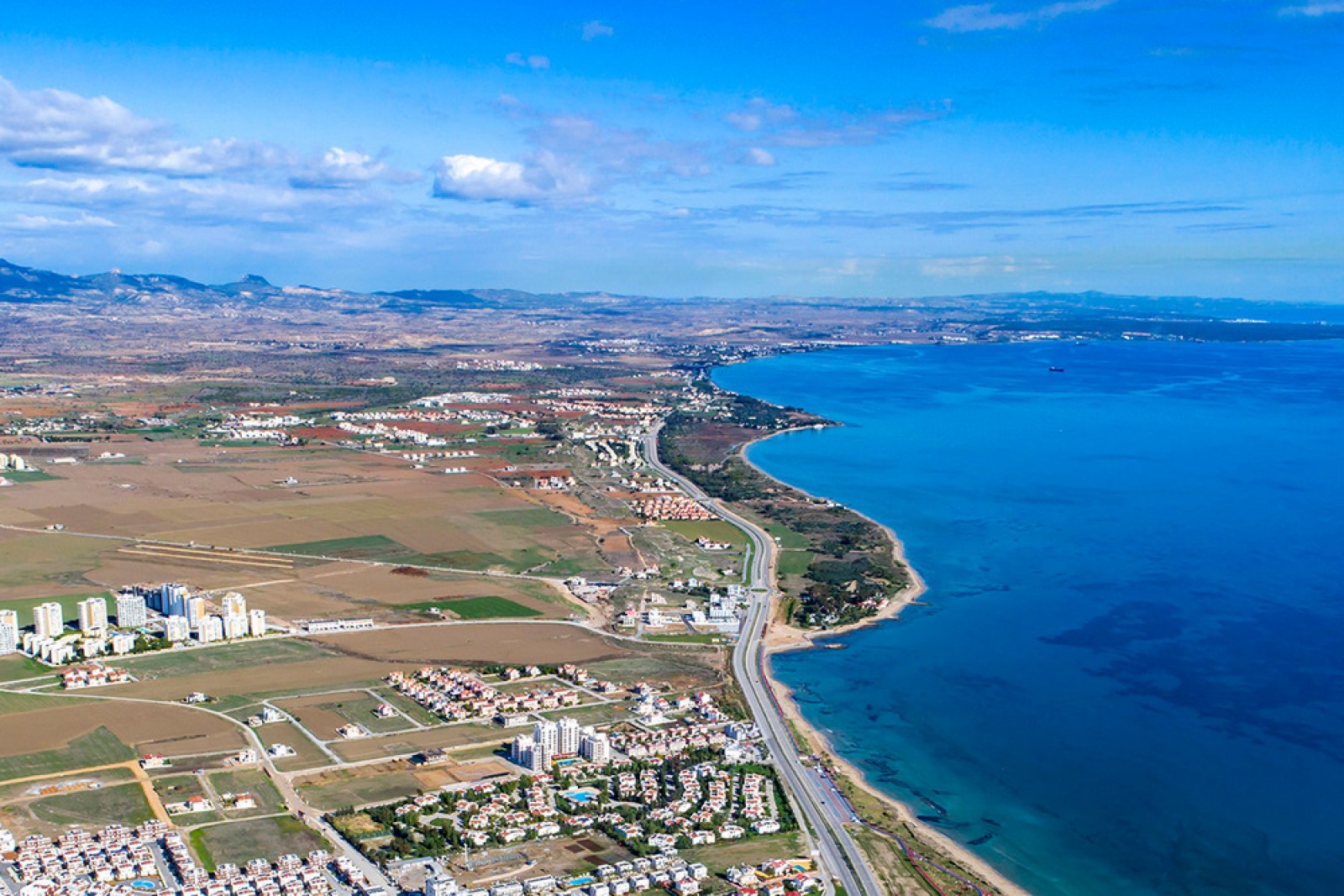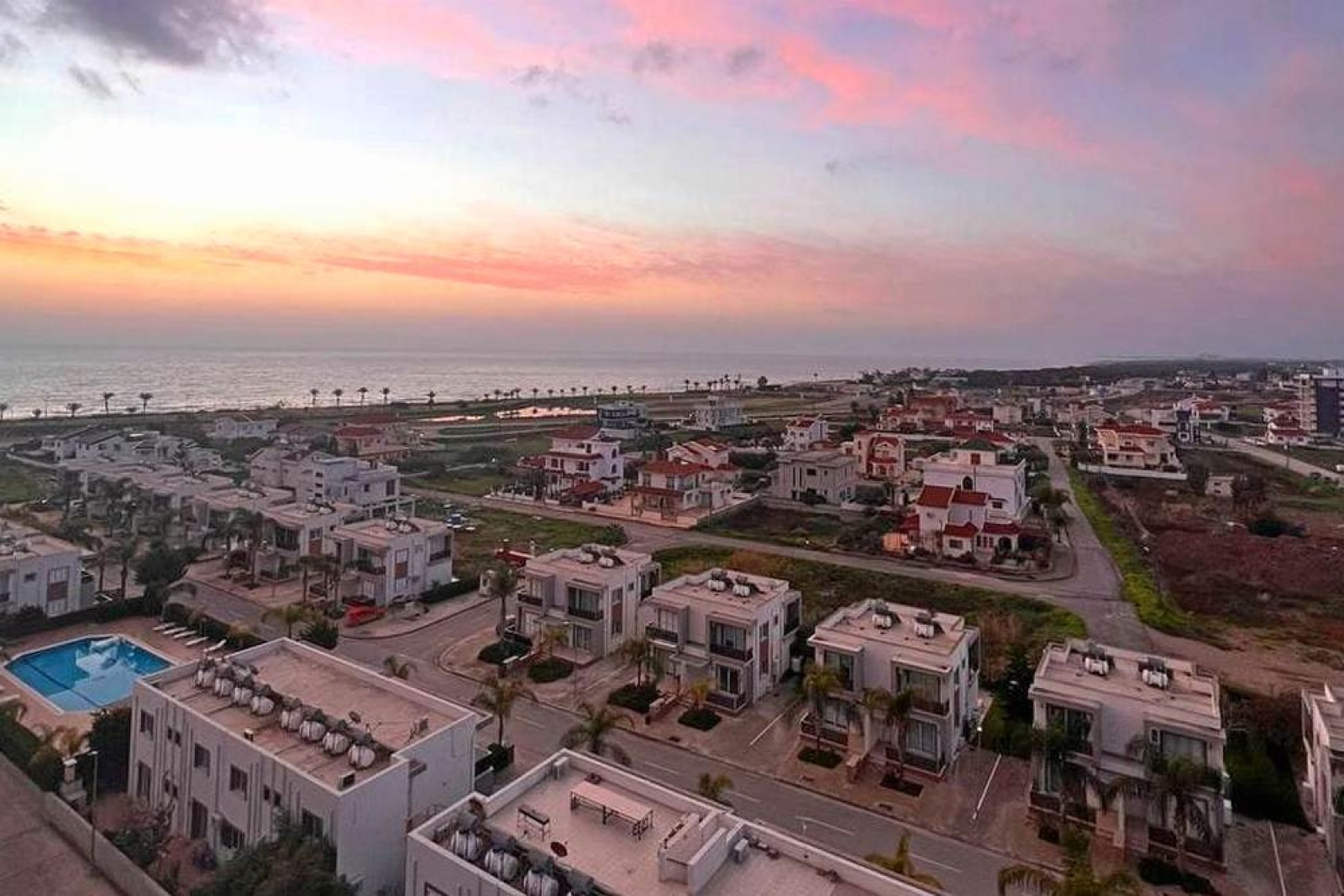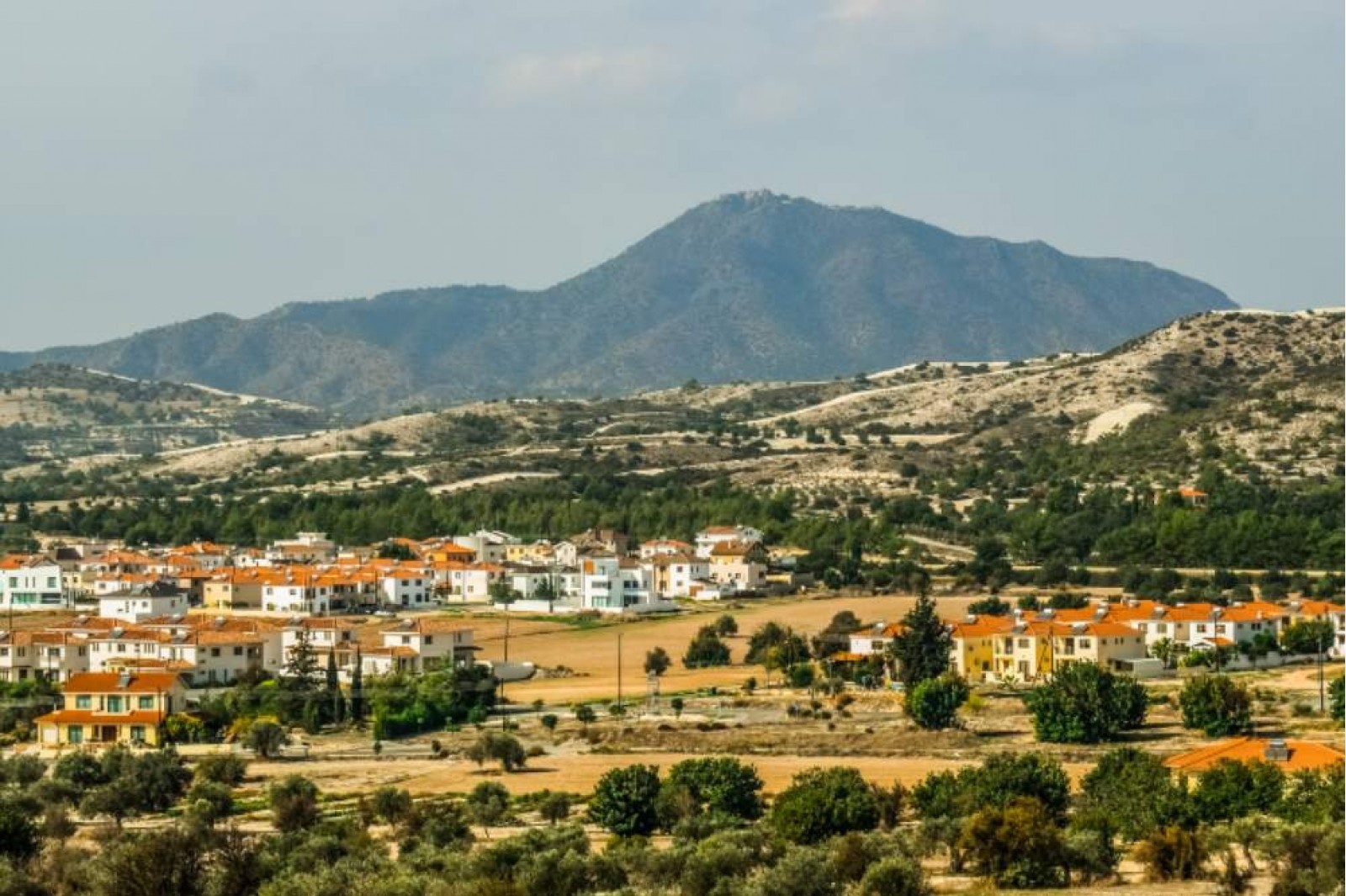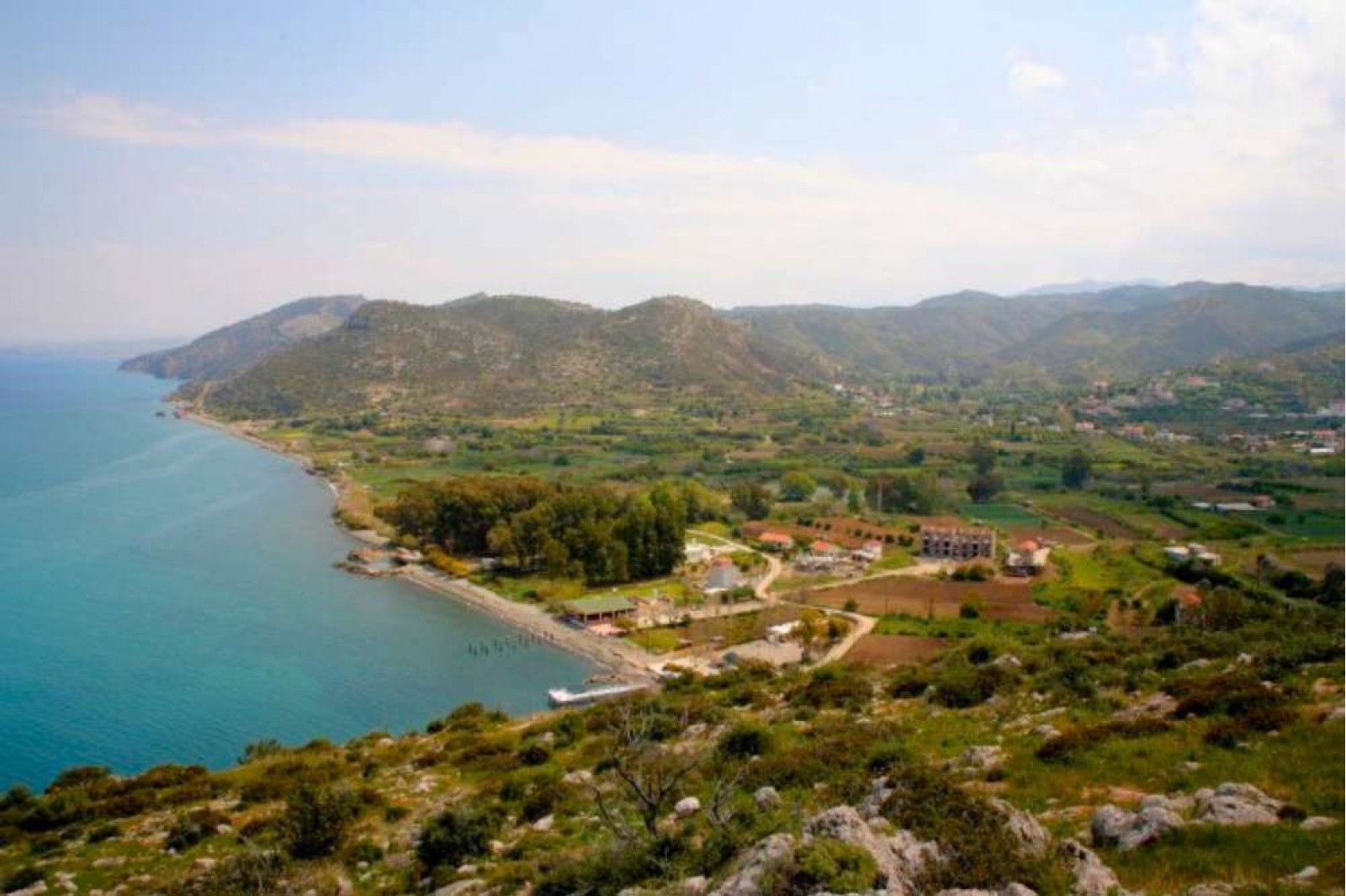The city of Famagusta is a real mystery. Even if you have visited it only once, it will be forever in your heart. In Greek, Famagusta is called Ammochostos, which means “hidden in the sand”. Famagusta has experienced periods of crisis and oblivion, but has always risen from its ashes like a phoenix, in all its glory and splendour.
Famagusta grew on the ruins of the ancient city of Arsinoe, which was built by an Egyptian king in 3 BC and named after his lover. Famagusta remained a small fishing village till the 12th century and had an illustrious history, tragic at times, though.
At the end of the 12th century, one of the Richard the Lionheart’s ships was wrecked by a storm at the shores of the city. The governor of Famagusta had treated the shipwrecked crusaders with disrespect, and the insulted Richard the Lionheart conquered the island. Later, Cyprus became a bargaining chip for King Richard and the Templars, and in the 13th century, the island passed into the possession of the Lusignan family.
The Lusignans put up an impregnable fortress around the city, built stone houses, strengthened the economy and erected numerous churches. The Cathedral of St. Nicholas (in the 16th century turned into a mosque named Lala Mustafa Pasha) is a monument of that time which has survived to the present day. An ancient Ficus sycomorus tree planted in the reign of Lusignans still grows outside the entrance. The Church of Sts. Peter and Paul was built at the same time, and later on was converted into a Sinan Pasha mosque by the Ottaman Turks. Now it is the public Library of Famagusta. Little but the pillars and facade arches are left of the once splendid royal palace of the Lusignans. Not only is Famagusta a city of 365 churches, but also the city of majestic bastions and fortresses.
According to the legend, the fortress has witnessed a bloody drama: a Venetian commander threw his unfaithful wife off the tower and then committed a suicide. This story became the basis for Shakespeare’s famous play "Othello".
The Venetians fought side by side with locals, when the Turkish troops had approached the city walls in the 16th century. The Ottomans tricked the soldiers into getting out of the fortress by promising them inviolability and took over the island for three centuries.
The arrival of the British troops in the 19th century gave the islanders a taste of freedom. You can still find the signs of the British colonial architecture in Famagusta. Cyprus managed to free themselves from their “liberators” only in 1960. Modern Famagusta hosts divers from all over the world who come to Silver Beach to explore the underwater part of the ancient city.
If you want to roam the winding streets of Famagusta, join us on our Free Property Inspection Trip to Northern Cyprus.













